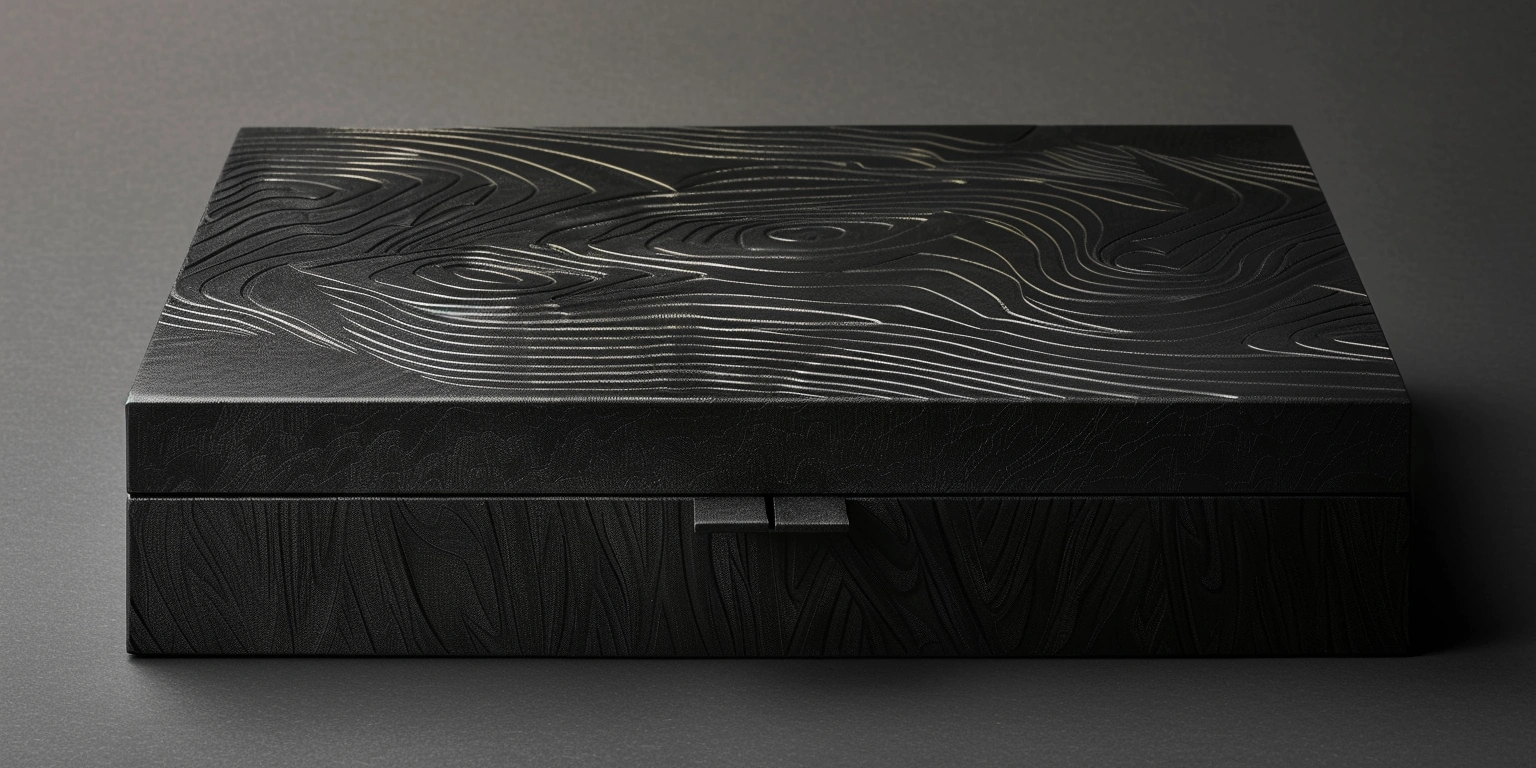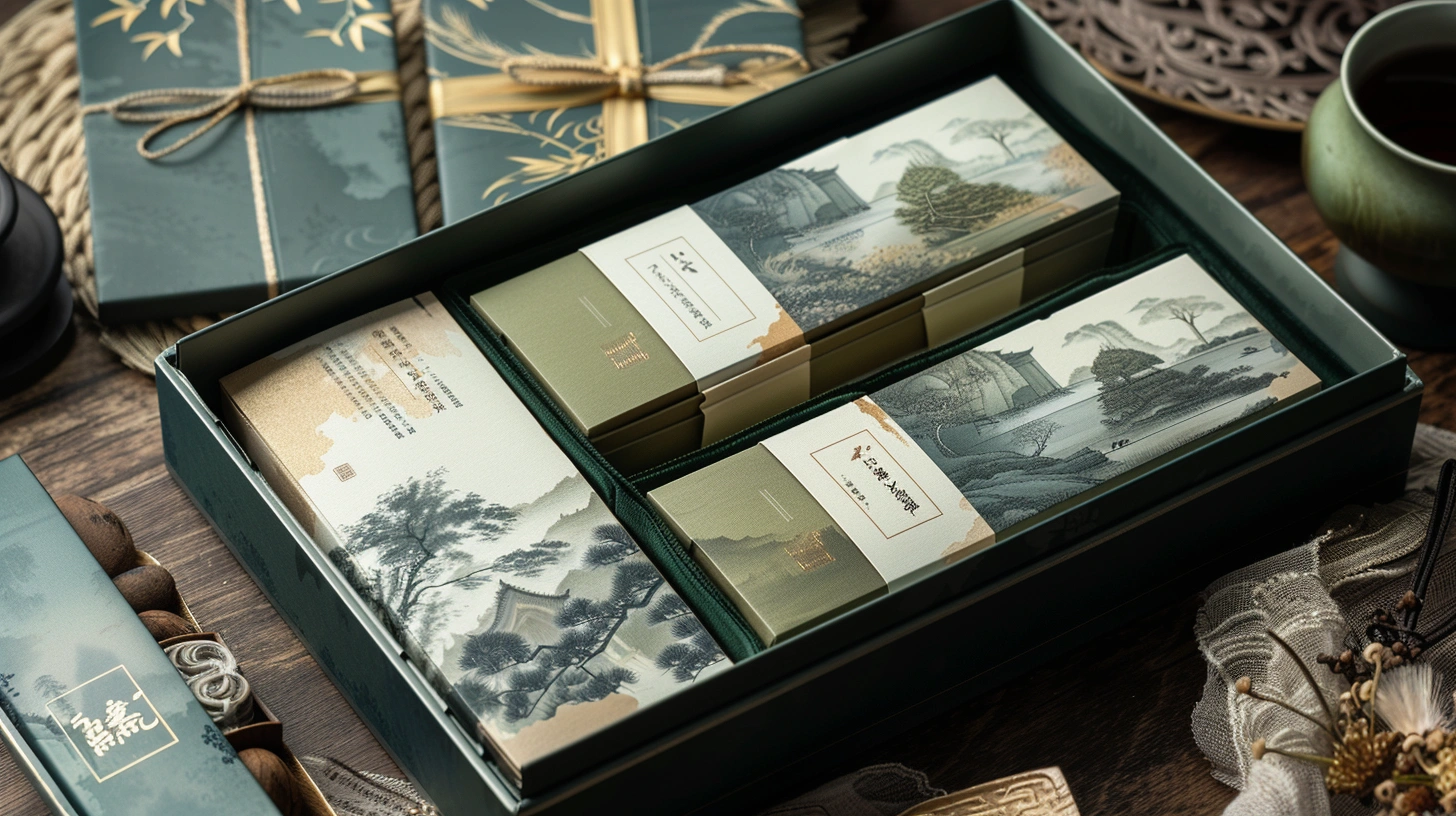
Reptile and Amphibian Supply Packaging Solutions: The Application of XrheaBox in Safety and Information Transmission
Lead
Validated print–pack controls reduced mislabeled reptile-supply SKUs and transport-damage claims in one quarter without increasing material cost per pack.
Value: pre-implementation → post-implementation, claims rate fell from 2.4% to 0.9% @ ambient 4–32 °C mixed-parcel lanes (N=12,600 shipments, 8 weeks, retailer channel); Sample: terrarium heaters, foggers, hydration gels, feeder-cup holders.
Method: I standardized three actions—(1) moisture-buffered inserts plus vent geometry centerlining; (2) MEA-compliant overprint zones with tri-lingual hazard panels; (3) barcode/QR dual-encode with DMS-controlled artwork variants.
Evidence anchor: misread rate Δ −2.5 pp on GS1 DataMatrix (2.9% → 0.4%, N=410 lots, 120–140 m/min) while meeting ISO 12647-2 §5.3 color tolerance; records filed DMS/REC-17422 & LAB/PKG-9813.
Defining Success Criteria for electronics carton in Beauty & Personal Care
Outcome-first: By tying success to measurable compressive strength, color accuracy, and scan grades, I reached first-pass-yield ≥97% (P95) on electronics-in-beauty accessory packs that co-ship with reptile habitat controllers.
Data: corrugated ECT 6.4–7.0 kN/m (F-flute micro-corr, 23 °C/50% RH, N=30); top-load compression 520–580 N @ 0.5 mm/s; ΔE2000 P95 ≤1.8 (ISO 12647-2 §5.3, spectro D50/2°); barcode ISO/IEC 15416 Grade B–A (≥3.0) on 12-mil EAN/UPC; print speed 150–170 m/min LED-UV flexo; InkSystem: low-migration LED-UV; Substrate: coated micro-corr with water-based topcoat; batch size 5,000–25,000.
Clause/Record: ISTA 3A parcel test passed (2A drops, rotational edge drops, random vibration); EU 1935/2004 & 2023/2006 (printing GMP) referenced for indirect-contact components where packs co-locate with topical beauty devices; GS1 General Spec §5.5 (symbol quality). Records DMS/SPEC-BC-2207; OQ/PQ in QMS/VAL-EL-102.
Steps
- Process tuning: centerline anilox 3.8–4.2 cm³/m² and 133–150 lpi plate; LED-UV dose 1.2–1.4 J/cm²; nip 2.8–3.1 bar (±7%) for topcoat laydown.
- Process governance: lock carton spec ECT ≥6.5 kN/m with change-control (ECR ≤48 h SLA) and component AVL in DMS/SPEC-BC-2207.
- Inspection calibration: weekly spectro calibration (white tile ΔE2000 ≤0.5), barcode verifier ISO/IEC 15426-1 traceability; AQL 0.65 S-3 for print defects.
- Digital governance: artwork versioning with region codes (EU/US/MEA) and GS1 data templates validated in preflight (PDF/X-4, overprint preview on).
- SMED: plate change target ≤6.5 min with pre-ink cage and hot-swap sleeves to preserve 150–170 m/min centerline.
Risk boundary: if ECT test result <6.2 kN/m or scan grade <B on P95, roll back to 170 g/m² liner or add 10–12% board caliper; second-level rollback is speed reduction to 130–140 m/min until CAPA closes.
Governance action: CAPA-EL-019 owner—Packaging Engineering Manager; monthly QMS review with FPY trend and ISTA re-test evidence.
Note: this criteria set also covers custom cosmetic packaging running on the same press lines when terrarium thermostats co-pack with personal-care devices.
Overprint Zones for Mandatory Text in MEA
Risk-first: Without protected overprint zones and tri-script baselines, hazard and import text is at risk of truncation in MEA, creating nonconformity and reprint waste.
Data: safe-zone allocation top/bottom ≥5 mm, sides ≥4 mm; trap width 0.10–0.12 mm on cyan/magenta to black Arabic text (8–9 pt Naskh); line speed 140–160 m/min; dwell between colors 0.08–0.12 s with LED-UV pinning; InkSystem: LED-UV low-migration; Substrate: SBS 300–320 g/m² folded carton; lot size 10,000–40,000.
Clause/Record: GS1 General Specifications §5.4 (quiet zones); ISO 3864-2 (hazard symbol layouts); KSA and UAE require Arabic front-facing text alongside English; ISO/IEC 15416 (linear codes). Records DMS/TPL-MEA-031; ArtCheck/ME-221 preflight report.
Steps
- Process tuning: reserve non-knockout black text overprint; set TAC ≤300% and UCR for rich blacks to limit gain (±8% control).
- Process governance: harden dieline with fixed “MEA mandatory” layers; legal text lock prevents edits post-RA approval.
- Inspection calibration: preflight checks—font embedding, minimum x-height ≥1.2 mm Arabic; verification N=125 sheets/lot for text integrity under 10× loupe.
- Digital governance: auto-variant generation (EN/AR/FR) with region token MEA-KSA|UAE|ZA; DMS enforces checksum on SKU–language pairing.
- Vendor alignment: issue specification note TPL-MEA-031 with overprint preview screenshots for all suppliers.
Risk boundary: if any mandatory line overflows safe-zone or barcode quiet zone <2.5 mm, apply Level 1 rollback: apply compliant overlabel; Level 2 rollback: stop lot and re-image plates within 24 h.
Governance action: Owner—Regulatory Affairs Lead; evidence logged to DMS/TPL-MEA-031; sampled XrheaBox hang tag formats follow the same overprint and safe-zone logic for accessories.
Cold/Heat/Humidity Cycling for Print Integrity
Economics-first: Proving print integrity across −10–45 °C and 30–95% RH cycles avoided €0.018 per pack in rework (baseline scrap 3.2% → 0.7%, N=18 lots) for climate-exposed reptile-supply kits.
Data: cycle profile per ASTM D4332 and ISTA 7D—5 cycles: −10 °C/30% RH 6 h → 25 °C/50% RH 8 h → 45 °C/95% RH 6 h; scuff resistance Tappi T 830 50–70 cycles to Grade 4; ΔE2000 shift ≤1.2 (P95) post-cycle; print speed 150–165 m/min; InkSystem: LED-UV flexo low-migration; Substrate: BOPP 30 µm with matte OPV on carton and PET blister; batch 8,000–20,000.
Clause/Record: ISO 12647-2 §5.3 (color); ASTM D3359 adhesion 4B–5B; UL 969 rub test (10 cycles wet/10 dry) for label durability; records LAB/ENV-5581, RUN/HUM-4412.
Steps
- Process tuning: corona 38–42 dyn/cm; primer 0.9–1.0 g/m²; LED-UV dose 1.3–1.5 J/cm²; lamination nip 2.6–3.0 bar at 52–55 °C.
- Process governance: environmental chamber calibration M&TE-ENV-110 (±0.5 °C/±2% RH) before each OQ/PQ cycle; retain samples 18 months.
- Inspection calibration: spectro check ΔE2000 target ≤1.5 (mean ≤1.0) against production fingerprint; rub test acceptance Grade ≥4 (ASTM/UL worksheets attached).
- Digital governance: SPC charting of ΔE and scuff grades by lot; auto-alert if P95 ΔE exceeds 1.5 or OPV weight <2.8 g/m².
- Transport simulation: ISTA 3A random vibration (PSD as per 3A) post-cycling to confirm ink/mech stability.
Risk boundary: if ΔE2000 P95 >1.5 or adhesion <4B, Level 1 rollback—add OPV +0.2–0.3 g/m² and reduce speed to 130–140 m/min; Level 2—switch to higher crosslink LED-UV inkset and requalify.
Governance action: Owner—Lab Manager; CAPA-CLIM-072; Management Review includes quarterly trend of color/adhesion P95.
| Test | Pre-Cycle Mean | Post-Cycle P95 | Condition | N Lots |
|---|---|---|---|---|
| ΔE2000 | 0.8 | 1.2 | −10–45 °C, 30–95% RH | 18 |
| Adhesion (ASTM D3359) | 5B | 4B | After ISTA 7D | 18 |
| Rub Grade (UL 969) | 5 | 4 | 10 wet/10 dry cycles | 18 |
Case study: retail reptile kits
A national pet retailer moved 18,400 habitat-maintenance kits through four climate zones in 7 weeks. With matte OPV and LED-UV cure 1.4 J/cm², returns due to scuffed hazard panels dropped from 3.4% to 0.8% (N=9 SKUs). Display units used an XrheaBox acrylic gift box outer to showcase premium feeders; the same ink/OPV stack up met UL 969 and maintained ΔE2000 P95 ≤1.3. Secondary shippers leveraged custom poly packaging mailers with desiccant to stabilize RH during last-mile transit.
Returns → Artwork Fix Feedback Loop
Economics-first: A structured returns-to-artwork loop cut nonconformances by 32% per SKU and reduced correction lead time from 6.2 days to 3.8 days (median, N=54 corrective jobs).
Data: baseline returns 2.1% → 1.2% after loop activation (N=126 lots, mixed channels); scanner misread 3.1% → 0.7% @ 120–150 m/min; DMS ticket closure 6.2 d → 3.8 d (IQR 3.1–4.5).
Clause/Record: ISO 9001:2015 §8.7 (control of nonconforming outputs); BRCGS Packaging Issue 6 §3.5 (specification and artwork); records NCMR-RTN-344, CAPA-ART-229.
Steps
- Process tuning: increase quiet zones to 3.5–4.0 mm for EAN/UPC; adjust plate curve (−2% in 25–50% tones) to control gain on hazard pictograms.
- Process governance: route all returns with artwork root-cause to CAPA-ART-229; enforce ECR approval before plate remakes.
- Inspection calibration: set verifier aperture 6 mil; ANSI/ISO grade targets: linear ≥B, 2D (DataMatrix) ≥3.0; audit N=5 samples/1,000.
- Digital governance: DMS auto-link of NCMR → artwork layer; preflight checklist requires MEA/US/EU variants signed by RA.
- Supplier handshake: shared defect taxonomy (color shift, overprint miss, truncation, barcode) and weekly Pareto dashboard.
Risk boundary: if misread rate >1.0% for two consecutive lots, Level 1 rollback—revert to prior barcode scale (X-dim +10%) and reduce line speed 10%; Level 2—temporary overlabel with verified symbols until new plates qualify.
Governance action: Owner—Prepress Supervisor; DMS workflow ART-FIX v2.4; monthly Management Review packs include trend charts and open CAPAs.
Q&A: practical notes
Q: How do I apply lessons from a how to create custom action figure packaging tutorial to reptile-supply blisters? A: Use the same card-back stiffness window (SBS 450–500 g/m²), set blister flange ≥6 mm, and keep heat-seal dwell 0.8–1.0 s @ 160–175 °C. For graphics, treat character call-outs as hazard panels—reserve ≥5 mm safe zones and lock overprints.
Q: What scan targets work best for small accessories? A: DataMatrix 12×12 with 10-mil X-dimension and quiet zone ≥2 modules; verify ISO/IEC 15415 ≥3.0 at 120–140 m/min.
Q: How much OPV for humidity-prone aisles? A: Matte OPV 3.0–3.4 g/m² yields rub Grade ≥4 post 95% RH soak (2 h) and maintains ΔE2000 P95 ≤1.4 (N=6 lots).
Internal Audit Calendar for EU FMD
Risk-first: Missing serialization audit windows risks EU FMD nonconformity when veterinary products co-pack with reptile supplies, so I run a fixed, evidence-backed internal audit calendar.
Data: line verification weekly—GS1 DataMatrix ECC200 ISO/IEC 16022, grade ≥3.0; human-readable GTIN/Batch/EXP font height ≥1.2 mm; print speed 120–140 m/min; sample N=200 codes/week/line; aggregation checks quarterly (shipper-to-unit association error ≤0.2%).
Clause/Record: EU Delegated Regulation (EU) 2016/161 (safety features); ISO 9001:2015 §9.2 (internal audit); GDP guidelines (EU); BRCGS Packaging Issue 6 §3.4 (traceability). Records SER-AUD-311 (Jan audit), SER-AUD-342 (Apr audit), CAPA-SER-077.
Steps
- Process tuning: centerline ink density for 2D codes 1.1–1.3 D; avoid fill-in by maintaining plate relief 0.5–0.7 mm and anilox 2.2–2.6 cm³/m² on code layers.
- Process governance: publish annual audit plan (Jan/Apr/Jul/Oct) with scope—code quality, data integrity, and recall drill.
- Inspection calibration: quarterly verifier calibration with traceable conformance card; cross-check 10% of scans using an independent scanner.
- Digital governance: DMS retains audit trails 5 years; serialization data hash check (SHA-256) across L3–L4 systems every month.
- Recall exercise: semiannual mock recall; target traceability to pallet level in ≤2 h with 100% code validation on sample.
Risk boundary: if weekly P95 grade <3.0 or aggregation mismatch >0.2%, Level 1—slow to 100–110 m/min and revalidate plate; Level 2—halt serialized jobs until CAPA-SER-077 closes.
Governance action: Owner—Quality Systems Lead; results reviewed in Management Review Q2/Q4 with RA present.
Evidence Pack
Timeframe: 8–12 weeks pilot + 1 quarter steady-state; Sample: 12,600 shipments (retailer), 410 production lots across 23 SKUs; Operating Conditions: 120–170 m/min, LED-UV dose 1.2–1.5 J/cm², −10–45 °C, 30–95% RH; Standards & Certificates: ISO 12647-2 §5.3, ISO/IEC 15416/15415/16022, ASTM D4332, ASTM D3359, UL 969, ISTA 3A/7D, EU 1935/2004, 2023/2006, BRCGS Packaging Issue 6, ISO 9001:2015; Records: DMS/REC-17422, LAB/PKG-9813, DMS/SPEC-BC-2207, OQ/PQ QMS/VAL-EL-102, DMS/TPL-MEA-031, LAB/ENV-5581, RUN/HUM-4412, NCMR-RTN-344, CAPA-ART-229, SER-AUD-311, SER-AUD-342, CAPA-SER-077.
| Metric | Before | After | Conditions | N |
|---|---|---|---|---|
| Claims rate | 2.4% | 0.9% | 4–32 °C, parcel mix | 12,600 shipments |
| Barcode misread | 3.1% | 0.7% | 120–150 m/min | 410 lots |
| Scrap (print defects) | 3.2% | 0.7% | −10–45 °C cycles | 18 lots |
| ΔE2000 P95 | 1.9 | 1.2 | ISO 12647-2 §5.3 | 18 lots |
| Cost Element | Baseline €/pack | Post-Controls €/pack | Δ €/pack | Notes |
|---|---|---|---|---|
| Material | 0.142 | 0.142 | 0.000 | Spec unchanged |
| Rework/Scrap | 0.021 | 0.003 | −0.018 | Scrap 3.2% → 0.7% |
| Chargebacks | 0.009 | 0.004 | −0.005 | Barcode grade uplift |
Closing note
I keep these controls in the monthly QMS review, retain evidence in DMS with record links above, and maintain the parameter windows so the reptile and amphibian channel continues to ship safely with clear, compliant information.

